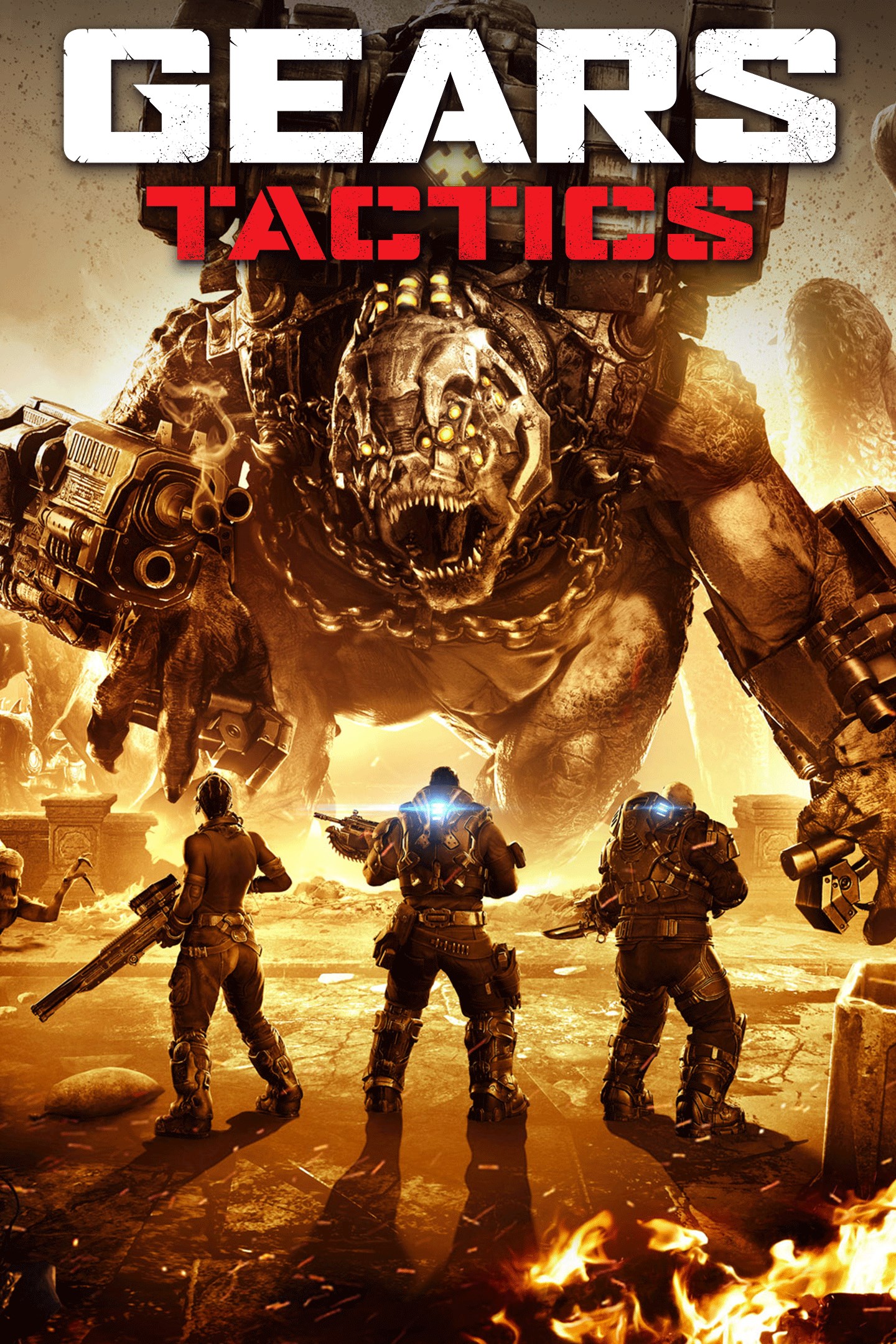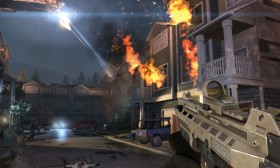Title: Beyond the Crosswalk: How the 'Place Missions' Update Transforms Lollipop Lady Sign Installer Simulator VR
The world of VR simulation games is a vast and wonderfully peculiar one. We’ve piloted mechs, built cities, and even sliced through endless boxes to a sick beat. Yet, few concepts are as charmingly niche as Lollipop Lady Sign Installer Simulator VR. This isn't a game about high-octane thrills; it's a meditative, oddly satisfying experience centered on the precise, crucial, and often overlooked art of installing and maintaining the iconic circular "lollipop" school crossing signs. The game’s core loop of diagnosing faults, selecting the right tools, and performing repairs with painstaking VR accuracy found a dedicated audience. However, the recent 'Place Missions' Update doesn't just add new content; it fundamentally recontextualizes the entire experience, evolving it from a simple job simulator into a poignant narrative about community and place.
Prior to the update, a player's interaction with the game's environment was purely transactional. A sign at coordinates X was broken. You drove your virtual van there, fixed it, and moved on. The charming, stylized neighbourhoods were merely backdrops—a painted canvas for your technical prowess. The 'Place Missions' Update tears down this wall between tradesperson and town, weaving a rich tapestry of stories directly into the very streets you service.
The update introduces a new mode seamlessly integrated into the career progression. Now, your job board isn't just a list of malfunctions; it’s a chronicle of the community's happenings. You're no longer just a sign installer; you are the Guardian of the Crosswalk, a silent, steady presence in the lives of the town's residents. This shift in perspective is the update's masterstroke.
So, what exactly are these Place Missions? They are multi-stage, location-specific narratives that unfold over several in-game days. Instead of a one-off repair, you are tasked with a series of jobs in the same district, each mission building upon the last and revealing a deeper connection to the people and the place.
For example, one mission chain might begin with a simple job: "Install a new lollipop sign outside Oakwood Elementary School - Prep for the Spring Fair." The task itself is familiar, but the context is new. As you work, you hear snippets of conversation from the PTA members planning the fair. The next day, your job is back at the same school, but now it's to "Install additional safety bollards and check all crossing signal timings - Ensure pedestrian flow for expected high turnout." You’re not just tightening a bolt; you are actively preparing the environment for a community event. On the day of the fair, a final mission appears: "Monitor pedestrian crossing at Oakwood Elementary - Assist with crowd control during the Spring Fair." This mission transforms your role. Using your VR controllers, you might manually control the crossing signal, wave parents and children across safely, and even report minor issues like a wobbly signpost you notice in the crowd. You are no longer a remote fixer; you are a participant.
The environmental storytelling is where the VR medium truly shines. Because you are physically present in these spaces, you notice the subtle changes. The bunting goes up on the lampposts you just fixed. The quiet street you serviced on Monday is now filled with the laughter of children at the fair on Saturday. You see the same NPCs—a harried teacher, an enthusiastic baker, a group of kids—and you start to recognize them. The haptic feedback as you polish the bright yellow surface of a sign takes on new meaning; you’re not just maintaining city property, you’re polishing a centrepiece of the community's daily life.
Another mission might have a more emotional core. "Replace the weathered sign at Hillside Park - Memorial Bench Area." The work order notes the sign is old and faded. When you arrive, you find it’s near a bench dedicated to a beloved community member. Subsequent missions might involve installing a special, more durable sign chosen by the local residents or setting up a temporary crossing for a memorial walk. The weight of the VR tool in your hand feels different. The act of careful, respectful installation becomes a quiet act of communal service and remembrance.
Technically, the update leverages VR's unique strengths to foster this connection. The use of 3D spatial audio is crucial. You overhear conversations that flesh out the world naturally, not through forced exposition. The physics-based interaction—the feel of the signpost sliding into its concrete base, the turn of each screw—grounds you completely in the reality of the task, making your investment in its outcome that much greater.

The 'Place Missions' Update for Lollipop Lady Sign Installer Simulator VR is a quiet revolution in simulation design. It proves that depth doesn't always come from complex new mechanics, but often from a richer context. It transforms a game about objects into a game about people. It asks the player to care not just about the integrity of their weld or the alignment of their post, but about the safety of the children at the spring fair, the dignity of a memorial site, and the rhythm of a living, breathing town. You don't just install signs anymore; you become part of the neighbourhood's story, one carefully placed lollipop at a time.
Tags: #LollipopLadySimVR #VRSimulation #PlaceMissionsUpdate #Gaming #VirtualReality #IndieGames #SimulationGames #GameDesign #CommunityGaming #WholesomeGames #VRGaming













